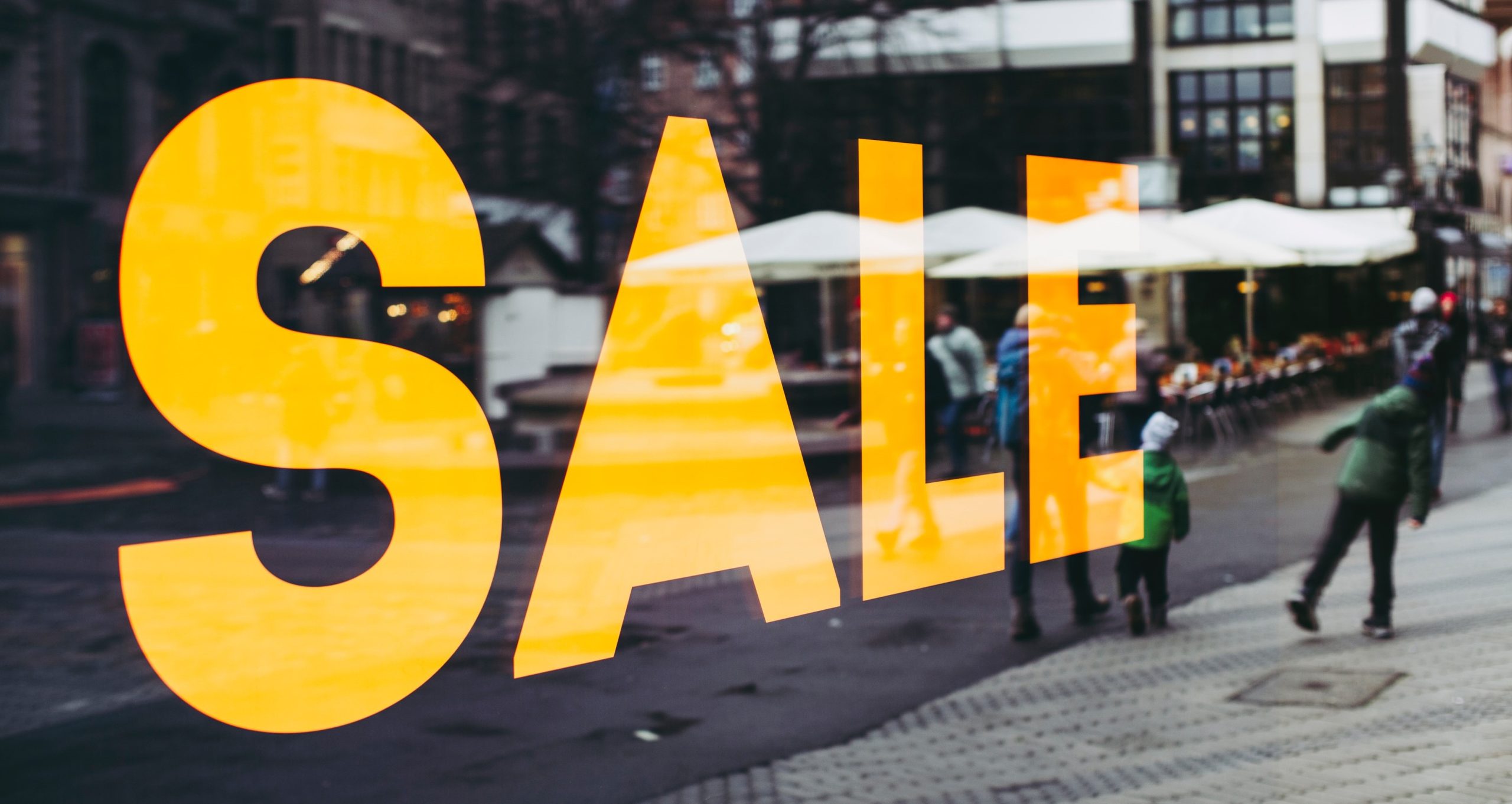Value v Price – How to Satisfy Your Customers

Value v Price – How to Satisfy Your Customers
Index
There are many marketing agencies that compete on price, but at Hunt & Hawk, we compete on value. And we believe this approach provides greater rewards for our clients and, in turn, their customer bases. We also advocate this thinking for your business. Let us explain why… Value is not something we see, buy, or use. Value is something we feel.
How do you make your clients feel like they’ve encountered value when purchasing your products or services? It starts with listening to what they really need and providing them with exactly that. Let’s take a closer look…

Value is Subjective
Here’s a scenario: Would you pay $50 for a glass of tap water? We’re guessing your answer is ‘absolutely not’. Would you pay $50 for a glass of tap water if you were in the desert and hadn’t had any liquid for three days? Probably. In other words, value is not fixed.
Value arises when we gauge the importance and/or need of a certain product or service and whether it will meet or even exceed our expectations. We are using our perception to predict the fulfilment of our expectations. The objective reality of the outcome of our purchasing decision comes much later – once we have already made the purchase and used the product or service. Essentially, when it’s too late.

What Influences ‘Value’?
In B2B, these influences tend to relate more to the economics – i.e. lower running costs = higher revenue – but this isn’t only about the lowest price. What it means is: Who offers the lowest price among those who understand the scope of our needs? In B2C, these influences are largely intangible and – let’s face it – irrational.
The customer can be easily influenced by emotions, impulses, desires, sensations, or urges. This still can happen in B2B. After all, business is relational and interpersonal, but when consumers are using their own money, they allow for greater capricious consumption.

Price/Volume Trade-off
The price/volume/profit trade-off is when you ask yourself: If I lower my price and attract more customers, will the increased amount of customers make up for my new lowered price and, overall, bring me more profits? The Price Advantage, a famous book written by a trio of pricing experts, outlines that a 5% price decrease would require an 18.5% increase in sales just to break even – not to mention the added operating costs on the business’ end.
So every 1% drop in price would have to attract 3.7% growth in sales. They predict you can only expect to see a maximum of 1.7-1.8% sales growth per 1% price drop. The pricing experts suggest: “Each percentage point of price represents a precious nugget of profit that should be held tight to the chest and not given up without a hard fight.”

Why Value Outlives Price
Trying to win customers based on price is a sure-fire way to end up exhausted, out-of-pocket, and constantly looking for new customers. Instead, competing in terms of value is the key – understanding what your clients want and giving it to them. As well as anticipating their needs and desires, and then providing value in the way of great customer service,
be sure to follow up, offer support, and provide a high quality service or product. And don’t forget the oh-so-important personal touch.

We Know Value
At Hunt and Hawk, we know value. We understand and implement value in every step of our approach. We can help your business and your sales team embody value and understand the needs of your clients.
Reach out to us at hi@huntandhawk.com to start the conversation.